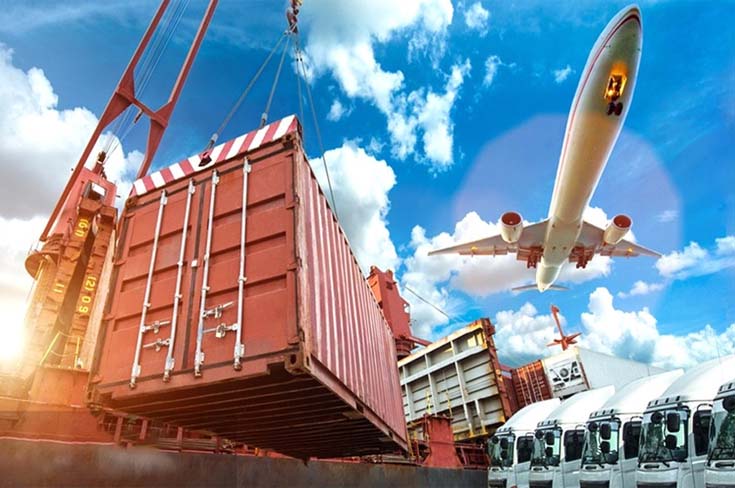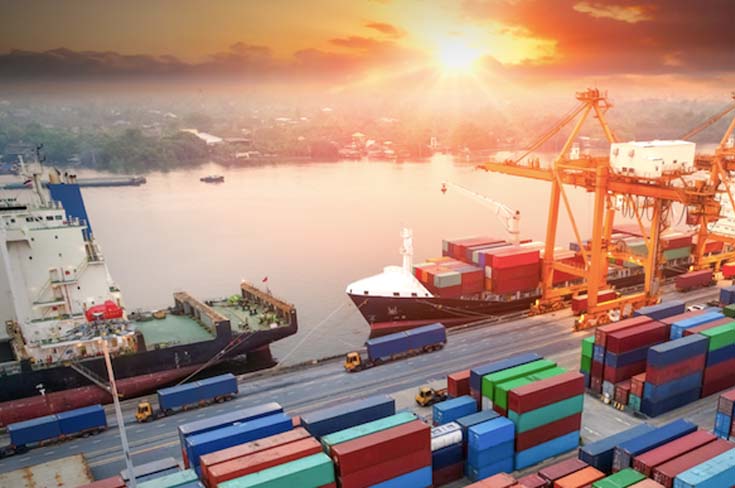The relationship between logistics and business flow is always complementary, and the efficiency of international logistics is also an important guarantee for cross-border e-commerce exports. Today, we will deconstruct the opportunities and challenges faced by cross-border logistics circuits from multiple perspectives.
- Low concentration degree of cross-border logistics has become a pain point in the industry.
With the rapid growth of demand in the cross-border e-commerce logistics market, the pain points of the cross-border e-commerce logistics industry have gradually become prominent, mainly manifested as low industry concentration. The complexity of B2C cross-border e-commerce logistics industry is greater than that of domestic express delivery, and the scale effect is stronger than that of traditional foreign trade logistics. It is necessary to accelerate the integration of the cross-border logistics industry.
- Cross-border e-commerce and cross-border logistics drive Chinese brands to go abroad.
“Made in China” has gradually gotten rid of the label of simple repeated OEM and entered a new stage of brand development. Cross-border e-commerce logistics not only ensures the efficiency of “Made in China”, but also extends the business boundary with the brand, ushering in a new round of development opportunities. With the development of B2C cross-border e-commerce, more and more domestic brands directly enter well-known foreign e-commerce platforms to achieve sales to overseas customers and are gradually going overseas through higher cost performance and better service quality.
- The new changes and models of cross-border e-commerce have put forward higher requirements for international logistics.
Cross-border logistics products, from a single port city to the whole port and the coverage of international key markets, from a single logistics product to the transformation of whole logistics products, covering the whole scene of international logistics. The accumulation of data, operation, products and brands of domestic e-commerce logistics has made up the capability base of cross-border e-commerce logistics. Asset heavy: layout overseas warehouses to attract industrial clusters to create scale effect; Light assets, by customs declaration, shipping resources to form stickiness. Various policies introduced by the Chinese government are actively encouraging the overseas warehouse layout of China’s cross-border logistics. Therefore, the development trend of overseas warehouse in the next few years will be better under the promotion of platform, seller and government.
The development of cross-border logistics is a sure thing. It should be noted that in the short term, there will be challenges in digital transformation and direct customer development. In the long run, globalization and post-merger integration will face management challenges.

 简体中文
简体中文 Nederlands
Nederlands



